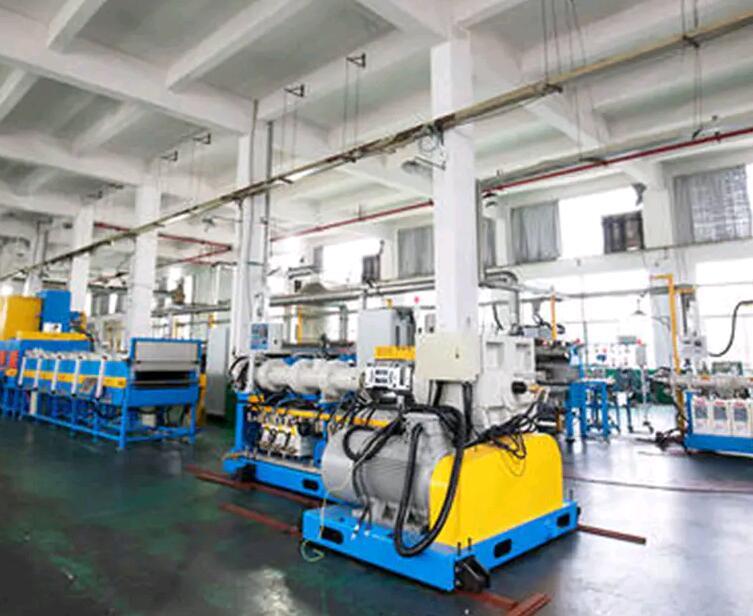Rubber extrusion is a continuous process that forces a rubber compound through a mold (also known as a die) to produce uniform shapes. The raw material, typically a combination of natural or synthetic rubber, chemicals, and fillers, is first heated to soften it. Then, the softened rubber is fed into the extruder, which uses a rotating screw to push the material through the die at high pressure. The die determines the final shape of the rubber product, which can range from simple tubing to complex profiles like seals, gaskets, or hoses.
The extrusion process allows for high precision and consistency in product dimensions, which is why it's favored for mass production of rubber components. The rubber extruder machine is equipped with various features to control the temperature, pressure, and speed of extrusion, ensuring the material meets the desired quality and specifications.
Key Components of a Rubber Extruder Machine
To understand the role of a rubber extruder machine, it's important to first consider its key components:
Feed Hopper: This is where the raw rubber material is loaded into the machine. The feed hopper ensures a consistent supply of material into the extrusion process.
Barrel and Screw: The barrel is the long, cylindrical housing where the rubber material is heated and mixed. Inside, a rotating screw moves the rubber compound forward, applying pressure and heat to soften the material, making it easier to shape.
Heaters: Rubber needs to be softened before it can be extruded. Electric heaters along the barrel keep the rubber at the right temperature.
Die: The die is the final shaping tool that determines the shape of the extruded rubber. It can be customized for various profiles, from simple round shapes to complex cross-sections.
Cooling System: After the rubber exits the die, it must be cooled to retain its shape. Cooling is often achieved by passing the extruded rubber through a water bath or air cooling system.
Cutting Mechanism: Once the rubber has been extruded and cooled, it is cut into the desired lengths, depending on the specifications of the final product.

https://www.zjbaina.com/product/nbpvc-a-c-insulation-sheet-pipe-production-line/nbr-pvc-a-c-insulation-sheet-pipe-production-line.html
EQUIPMENT GENERAL CONFIGURATION
Central height
1050±20mm
Orientation
From left to right, against the operating panel
Color
White&Blue
Power Supply
Three-phase five wires system 380V + 10%/50HZ
Valve opening
0.5-0.6MPa
Water Supply
0.2MPa
Low voltage brand electrical appliance
Schneider


